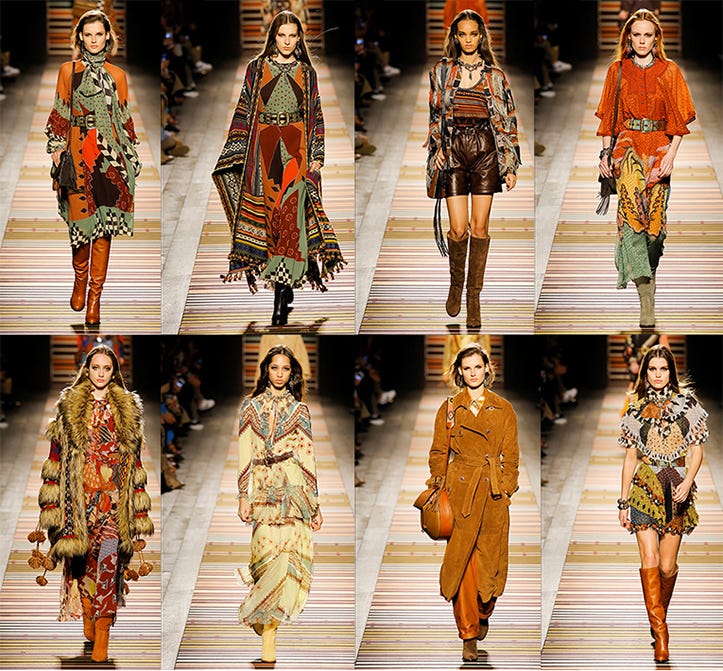Are you ready to step back in time? Let’s go on an adventure to learn about fashion long ago!
Introduction to Early Modern Fashion
From the 1500s to the 1700s, fashion was not just clothing. It told a story about people. This time is called ‘Early Modern History’.
Fashion was very important. What you wore showed who you were. Rich or poor, everyone cared about looking their best!
The 16th Century: Glorious Tudor Fashions
In the 1500s, we saw the Tudor style. Imagine kings and queens in rich clothes. They wore heavy fabrics like velvet and silk.
| Gender | Common Clothing |
|---|---|
| Men | Doublets, hose, and flat caps |
| Women | Gowns with wide skirts and corsets |
Colors were also key. Rich folks wore bright colors. Others stuck to brown and grey.
The 17th Century: The Baroque Era
Next, we had the Baroque period in the 1600s. Clothes got even fancier!
- Men wore long wig and coats with lots of decorations.
- Women had big dresses that poofed out on the sides.
People liked being very dressy. Even their shoes had bows and high heels.

Credit: medium.com
The 18th Century: Rococo and Revolution
The 1700s were a mix of fancy and simple styles. This time had two parts:
- Rococo: Super fancy! Think lots of curls, lace, and pale colors.
- Revolution: Later, people wanted simpler clothes. This was because of big changes in countries like France.
Women’s dresses in the Rococo era were huge! They needed special frames to hold them up.
But later, dresses got simpler and straighter. Men’s clothes did too.
Materials and Making Fashion
Only some could afford the best fabrics. Silk, velvet, and lace were for the very rich.
Most people wore wool, cotton, and linen. These were more common and cheaper.
Tailors made clothes for the rich. Others made their own or wore hand-me-downs.

Credit: www.nytimes.com
Fashion for All
Even though not everyone could have the fanciest clothes, fashion touched everybody. Kids, women, and men all cared about style.
They made their outfits special in their way. They added little touches, like ribbons or homemade lace.
Conclusion: The Lasting Impact
Fashion in early history was more than just style. It was part of life’s story. It showed us who people were and how they lived.
Even today, we sometimes dress like people did long ago. Have you seen movies with big fancy dresses or shiny knight’s armor?
That’s all because fashion is a tale that never ends!
Frequently Asked Questions On Fashion In Early Modern History: Renaissance Trends Unveiled
What Defined Fashion In Early Modern History?
The era’s fashion was marked by opulent fabrics, elaborate ornamentation, and distinct silhouettes shaped by social status and gender norms.
How Did Royalty Influence Early Modern Fashion?
Royalty set fashion trends with luxurious garments and accessories, which often trickled down through society, signaling wealth and power.
What Fabrics Were Popular In Early Modern Costumes?
Silk, velvet, and brocade were coveted fabrics in early modern costumes, showcasing richness alongside intricate lace and embroidery.
Why Were Corsets Significant In The 16th Century?
Corsets sculpted the body to conform to fashionable silhouettes, emphasizing a cinched waist and upright posture, essential in 16th-century fashion.
Guest Author Sakhawat-Shuvo wrote and edited this Article based on his best knowledge and understanding. These opinions and remarks are not endorsed or guaranteed by epichistoria.com or EpicHistoria. The Epic Historia does not guarantee this article’s content. Readers should verify and use their judgment before trusting the content. Also, the Images used in this Article are the copyright of their Respective Owners. Please use our Comment Box or Contact Us form to report this content. This information is not accountable for losses, injuries, or damages.
